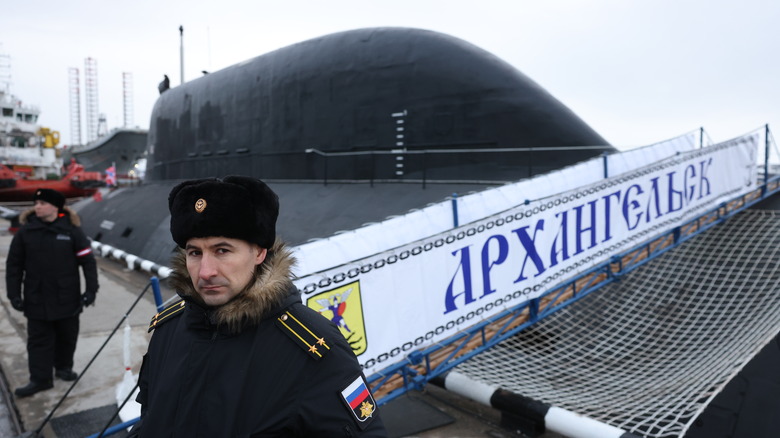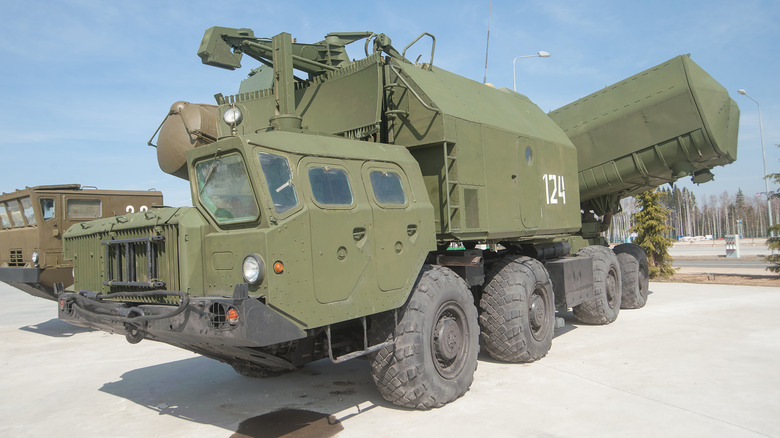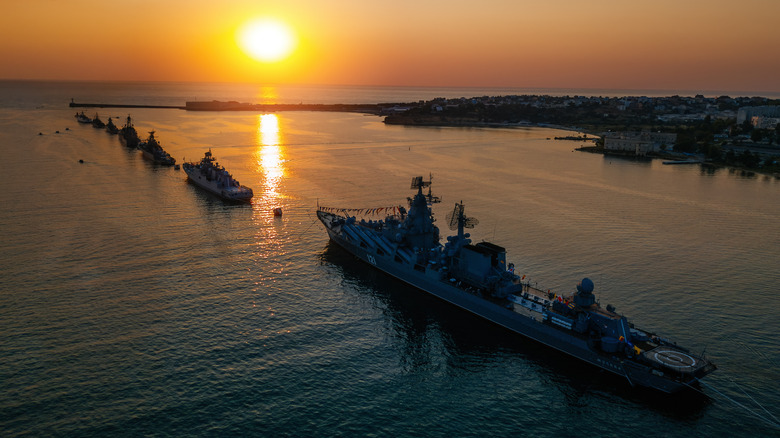How The Russian Navy Protects Its Maritime Routes With Nuclear Subs & Coastal Missiles
The Russian Navy depends heavily on its submarine fleet, including its advanced Yasen-M class boats, to protect sea lanes and demonstrate power projection capabilities. The Black Sea Fleet gained six new Varshavyanka-class diesel-electric submarines in recent years, two of which are regularly stationed in Tartus, Syria. These subs are equipped with Kalibr cruise missiles capable of striking targets up to 2,000 kilometers away. Russia can maintain adversaries under threat from secure locations through this capability, which becomes most effective when operating near its bases in Crimea and the eastern Mediterranean.
Nuclear-powered attack submarines from the Northern Fleet also rotate into the region, adding more layers of deterrence. Submarines provide Russia with an element of unpredictability, which is probably why they are among the countries with the most submarines. The ability of these submarines to hide while waiting for missile launch positions creates ongoing operational challenges for the naval forces of opposing nations. The Northern Fleet modernization of Moscow demonstrates that underwater assets continue to play an essential role in Russian military operations and strategic planning. With these units, Russia can strike distant targets and defend supply routes.
Coastal missile systems and layered defenses
Alongside its submarine force, Russia deploys an extensive network of coastal missile systems designed to deny access to its maritime approaches. In Crimea and along the eastern Mediterranean, Russia has positioned S-300 and S-400 air defense batteries, Bastion and Bal coastal missile systems, and Pantsir point-defense units. These platforms extend coverage over wide areas, creating anti-access and area denial zones, often called "A2/AD bubbles." The Bal system, for example, can strike targets up to 120 kilometers away from concealed inland positions, giving it flexibility and survivability.
The Bastion launchers with Oniks supersonic missiles create a threat to warships that operate beyond coastal waters. The systems operate as interconnected defenses that create multiple layers of protection to stop adversaries from accessing or operating within Russian-controlled areas. The units also support naval aviation and electronic warfare forces, which creates additional challenges for enemy forces. The main objective is to defend all Russian shipping routes, naval bases, and coastal facilities against any potential threats.
Protecting maritime routes in a shifting naval balance
Russia protects vital maritime routes through its submarine fleet and coastal missile systems, which enable it to extend its military reach into disputed regions. Having one of the world's largest navies also helps. In the Black Sea and eastern Mediterranean, these assets support supply lines to Syria and protect Russian bases like the one at Sevastopol. The Arctic region contains nuclear submarines and coastal defenses, which help Moscow maintain control of the Northern Sea Route that serves as its vital economic and strategic shipping route. The "July Storm" exercise demonstrates Russia's ability to unite its naval forces with missile systems for joint operations that protect both commercial and military vessels from unmanned vehicles and submarine and aerial threats.
Russia distributes its assets throughout different regions to protect its vital maritime trade routes, which support both economic and military operations. However, these measures also serve a broader purpose: challenging NATO's ability to operate freely in these waters.


